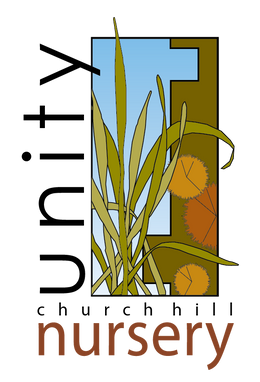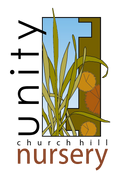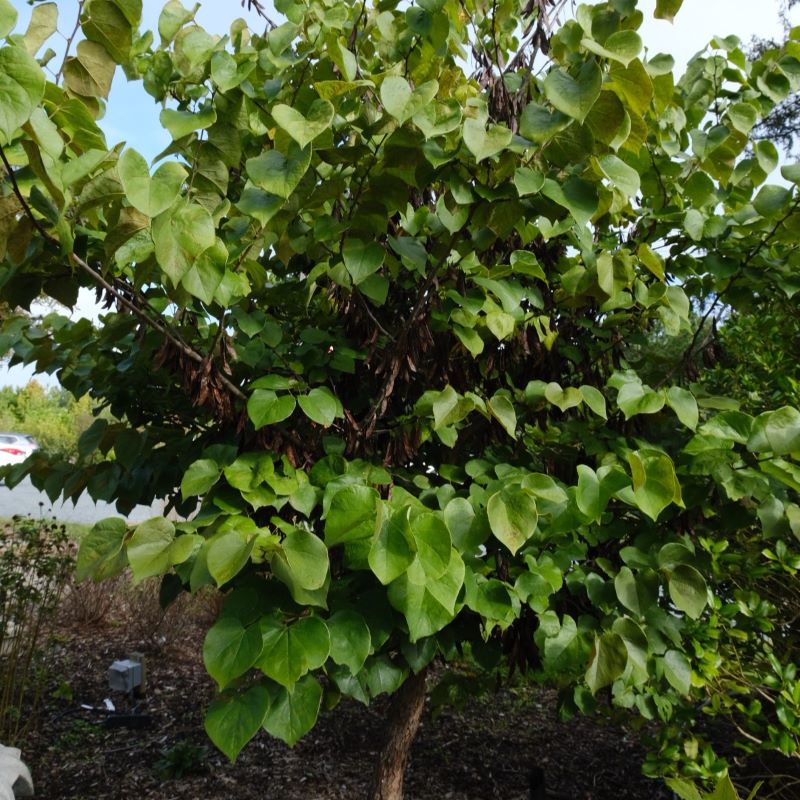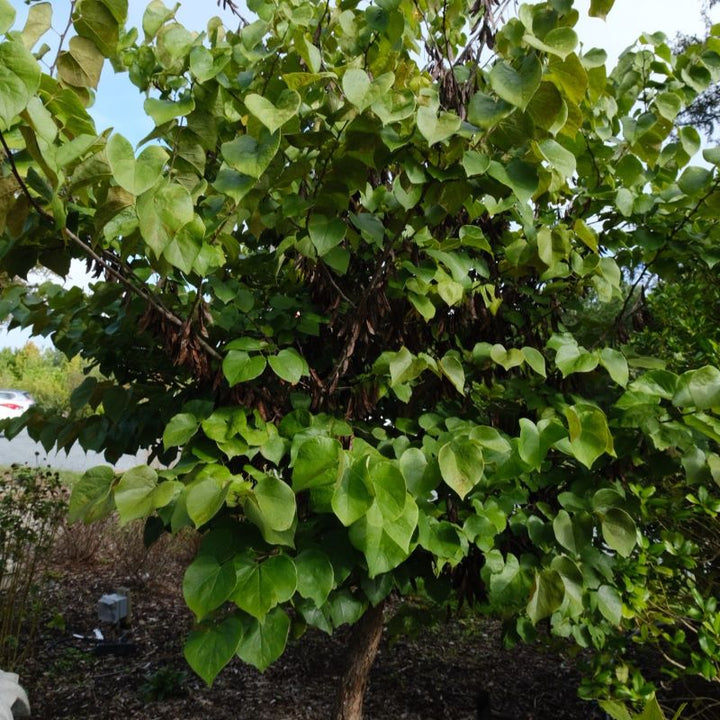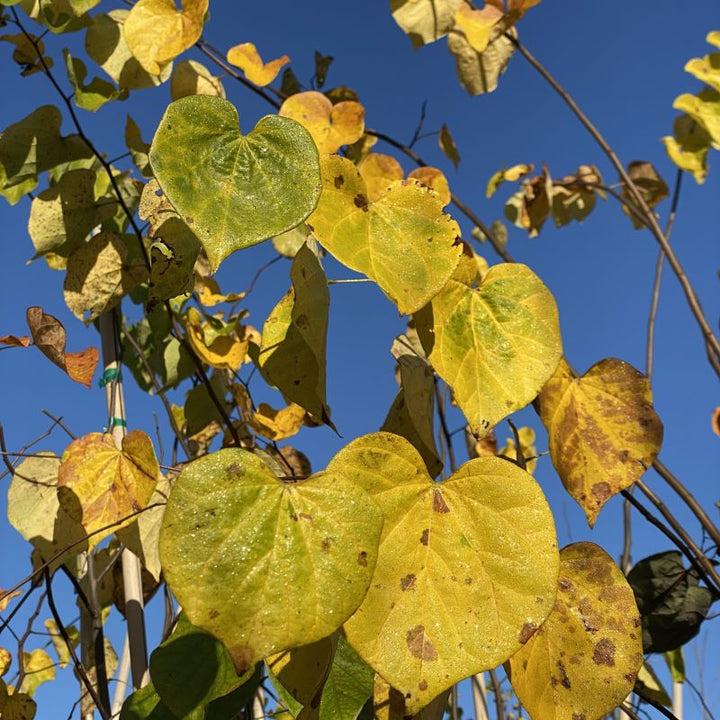Cercis canadensis (Eastern Redbud)
- Low stock - 2 items left
- Inventory on the way
Cercis canadensis, commonly referred to as eastern redbud, is a small, ornamental native plant typically found as a small understory tree or, less commonly, as a large multi-stemmed shrub. Typically redbud is slow growing, but grows to mature sizes of 20-30' tall with a canopy slightly wider; commonly used in the landscape as a specimen planting or small shade tree, eastern redbud is best known for its showy blooms. Clusters of fragrant rose-purple flowers line the stem and persist for two to three weeks in early spring before the foliage; flowers are attractive to bees, butterflies, and hummingbirds, making Cercis canadensis an excellent specimen for both ornamental and ecological beauty, working wonderfully too as a street tree or for forest margin rehabilitation projects. In late spring, eastern redbud's heart-shaped leaves emerge a cool blue-green and darken to deep forest green, and in the fall, foliage turns to bright yellow-greens, contrasting well with dangling, dark chocolate-brown seed pods that attract a great variety of birds.
Performing best in partial shade to full sun and in medium-moist, well-drained, fertile soils, Cercis canadensis tends to develop a rounded form as it matures, growing up at about the same rate it grows out; a stronger tree form can be maintained by pruning out lower branches during immaturity. As a specimen planting, redbud provides three seasons of interest (including a somewhat showy yellow fall display), and is deer, black walnut, and clay soil tolerant. As eastern redbuds mature, larger trees with established roots become adaptable to dry conditions and occasional drought, making them fairly adaptable and suitable for any number of locations in yards or along drives.
